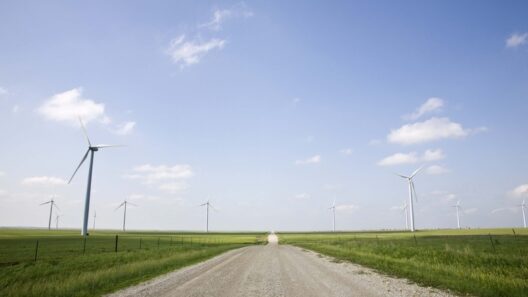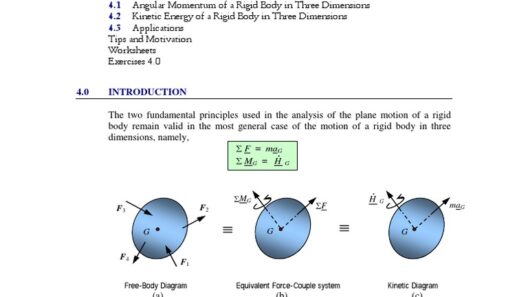Energy conservation is an imperative endeavor in today’s world, where the environmental consequences of excessive energy use can no longer be overlooked. By adopting innovative strategies to conserve energy in your home, not only can you minimize your ecological footprint, but you can also glean significant financial savings. Here, we delve into seven transformative approaches that may have escaped your consideration.
1. Embrace Smart Home Technology
Incorporating smart home devices can revolutionize your energy consumption habits. Smart thermostats, for example, learn your behavior over time, adjusting the temperature when you’re home or away. By optimizing your heating and cooling schedules, these devices enhance comfort while reducing energy use. Consider smart lighting systems that can be programmed to turn off when no one is present in a room or adjust according to the ambient light levels outside. Such advancements are not merely gadgets; they represent a shift towards more conscious living.
2. Invest in Energy-Efficient Appliances
It’s a well-known fact that older appliances consume more energy than their newer counterparts. Thus, when it comes time to replace essential household devices, prioritize energy-efficient models that display the ENERGY STAR label. These appliances utilize advanced technology to decrease energy consumption without compromising performance. For instance, modern refrigerators utilize better insulation and compressor technology, resulting in significant energy savings over time. The initial investment may be higher, but the long-term benefits are substantial, both economically and environmentally.
3. Insulate Your Home Effectively
Proper insulation is paramount in maintaining an energy-efficient home. Insulation acts as a barrier against heat flow, ensuring that your heating and cooling systems do not work overtime. Evaluate areas in your home that may lack adequate insulation, such as attics, basements, and walls. Employing materials such as spray foam, fiberglass, or cellulose can drastically improve your home’s thermal performance. Additionally, sealing gaps and cracks around windows and doors using weatherstripping or caulking can augment your home’s insulation, further minimizing energy expenditure.
4. Optimize Water Heating
Water heating accounts for a notable percentage of energy usage in households. Adjusting your water heater to a lower temperature can yield substantial energy savings. For most households, setting the heater to 120°F strikes a balance between energy efficiency and comfort. Additionally, consider insulating your water heater and the first few feet of hot and cold water pipes connected to the unit, as this can help retain heat, reducing the energy required to heat water. You might also explore alternatives such as solar water heating systems, which harness renewable energy and can significantly decrease reliance on fossil fuels.
5. Utilize Renewable Energy Sources
In an era of technological advancements, harnessing renewable energy in your home has become increasingly feasible. Solar panels, for instance, can capture sunlight and convert it into electricity, leading to diminished utility bills and a smaller carbon footprint. Wind turbines, though less common for residential use, provide another efficient source of renewable energy, particularly in suitable climates. However, the upfront investment is often offset by tax incentives and rebates available for homeowners who make the switch to renewable energy sources.
6. Alter Your Daily Habits
Simple behavioral modifications can significantly contribute to energy conservation. Engage in practices such as turning off lights when leaving a room, unplugging electronics that are not in use, and utilizing natural light during the day. Additionally, run dishwashers and washing machines with full loads and utilize eco-mode settings. Incorporating these habitual practices into daily life fosters a community-wide culture of conservation, enabling everyone to share the collective responsibility for a sustainable future.
7. Landscape for Energy Efficiency
Landscaping may seem an aesthetic endeavor, but it can profoundly impact your home’s energy efficiency. Planting deciduous trees strategically around your property can provide shade in the summer while allowing sunlight in during the winter months. These natural canopies not only enhance the beauty of your home but also reduce your reliance on air conditioning and heating. Additionally, xeriscaping—landscaping that reduces or eliminates the need for irrigation—can also conserve water and further promote an eco-friendly lifestyle.
In conclusion, conserving energy within your home is not solely about reducing bills—it is about embracing a lifestyle that prioritizes sustainability. By leveraging technology, optimizing appliances and systems, making behavioral shifts, and utilizing renewable resources, you can create a home that is not only efficient but also shares responsibility for the preservation of our planet. The aforementioned strategies are just the tip of the iceberg; there exists a wealth of knowledge and resources to explore. Committing to energy conservation can yield positive effects that ripple through the environment and economy alike.








